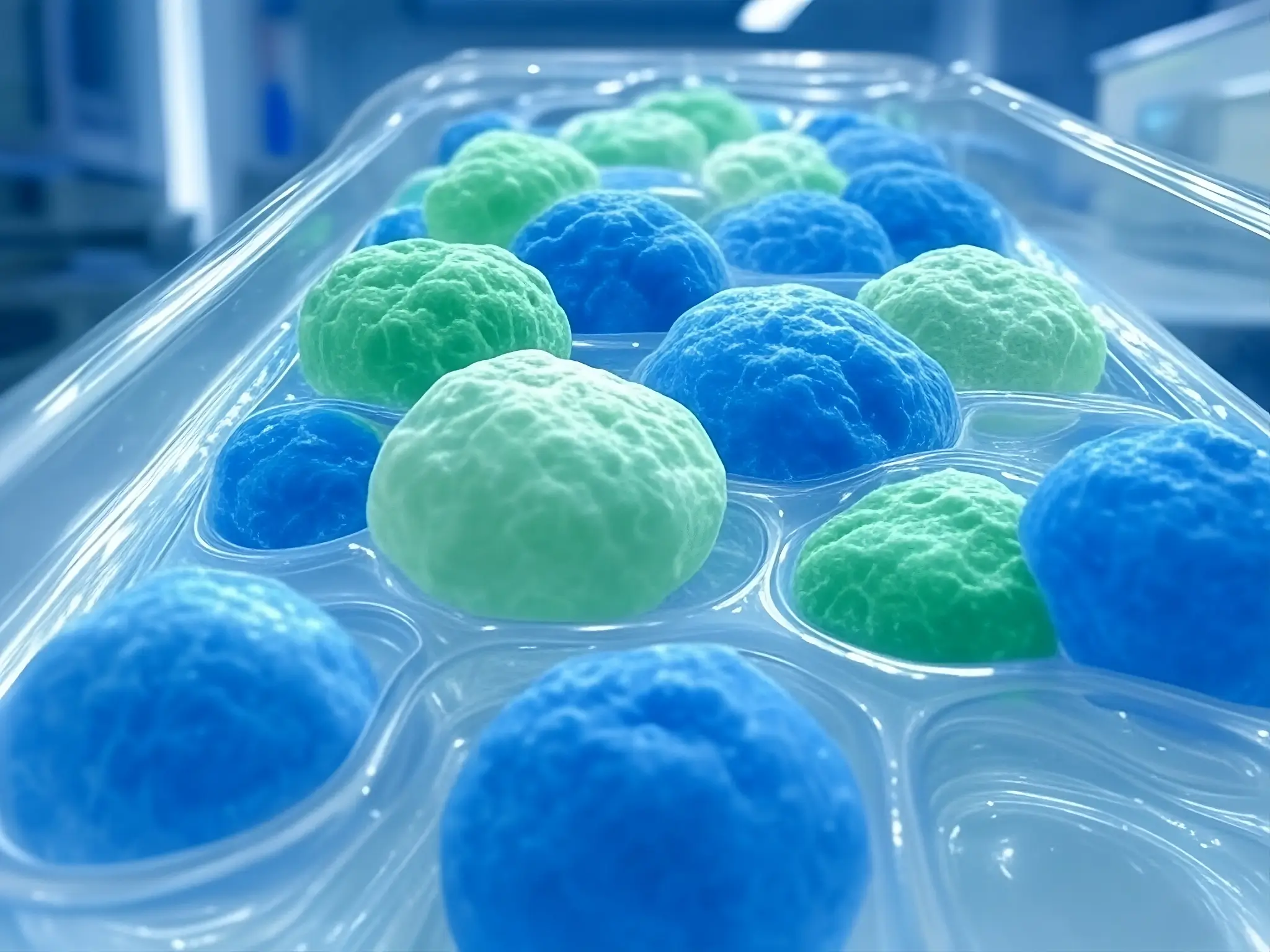Game-Changing Device Reveals Tumor Cell ‘Stickiness’ to Forecast Breast Cancer Spread

Breast cancer remains one of the most common and life-threatening diseases worldwide. Early detection and accurate predictions of cancer progression can significantly improve treatment outcomes. Now, researchers at the University of California, San Diego (UC San Diego) have introduced a groundbreaking method to assess breast cancer aggressiveness. By measuring the “stickiness” of tumor cells, scientists may soon be able to predict which cancers are more likely to spread, paving the way for more personalized treatment plans.
Understanding Tumor Cell Adhesion and Its Role in Cancer Spread
Cancer spreads when tumor cells break away from the original site and travel through the body via the bloodstream or lymphatic system. This process, known as metastasis, is the primary cause of cancer-related deaths. The key factor in this process is cell adhesion—or how strongly a tumor cell sticks to its surroundings.
Cells that are weakly adherent (less sticky) have a higher chance of detaching, moving through the body, and invading other organs. On the other hand, strongly adherent (more sticky) cells tend to stay in place. Researchers believe that by studying tumor cell adhesion, they can predict which cancers are more likely to metastasize, allowing doctors to make better treatment decisions.
The Innovative Microfluidic Device That Measures “Stickiness”
To study tumor cell adhesion, UC San Diego scientists have developed a special microfluidic device—roughly the size of an index card—that mimics the natural environment of breast tissue. This device is coated with adhesive proteins commonly found in breast tissue, such as fibronectin.
Here’s how the device works:
- Tumor Cells Are Introduced: Breast cancer cells from patient samples are placed inside the device.
- Adhesion Testing Begins: As the cells attach to the protein-coated surface, a controlled fluid flow is applied.
- Shear Stress Is Applied: The device gradually increases the force of the fluid flow, which mimics natural forces within the human body.
- Cells Are Categorized by Stickiness: Weakly adherent cells detach more easily, while strongly adherent cells remain attached. By analyzing which cells detach first, researchers can determine the potential aggressiveness of the cancer.
Clinical Trial Findings
The UC San Diego team tested the device on tissue samples from 16 breast cancer patients. The samples included:
- Normal Breast Tissue
- Ductal Carcinoma in Situ (DCIS) – Early-Stage Breast Cancer
- Invasive Breast Cancer Tumors
The results showed a clear pattern:
- Highly Aggressive Cancers: Samples from invasive breast cancer patients contained weakly adherent (less sticky) tumor cells, meaning they had a higher chance of spreading.
- Non-Cancerous Tissue: Healthy breast tissue samples contained strongly adherent cells that did not detach easily.
- DCIS (Early-Stage Cancer) Samples: These samples showed varying adhesion strengths, indicating that some cases might be more likely to progress into invasive cancer than others.
The Impact on Early-Stage Breast Cancer (DCIS) Treatment
DCIS, often referred to as stage zero breast cancer, is a non-invasive condition where abnormal cells are found in the milk ducts. While DCIS doesn’t always progress into invasive cancer, some cases do. The challenge for doctors has been predicting which DCIS cases are more likely to become dangerous.
Currently, doctors rely on factors like tumor size and grade to assess risk. However, these factors are not always accurate. The new microfluidic device could change this by offering a more precise method to determine whether a patient’s DCIS is likely to progress. This means that instead of a one-size-fits-all approach to treatment, doctors could tailor therapies based on a patient’s individual risk level.
Future Research and Broader Applications
The UC San Diego team plans to conduct long-term studies to see how well adhesion strength predicts actual cancer progression. Over the next five years, researchers will follow DCIS patients to determine if weakly adherent cells indeed lead to metastasis. If confirmed, this technique could become a standard tool for oncologists.
Additionally, this technology could extend beyond breast cancer. Many types of cancer, including lung, colon, and pancreatic cancer, involve metastasis through weak adhesion. Future studies may explore whether this microfluidic device can be adapted for other cancer types.
Why This Breakthrough Matters
This research represents a major advancement in cancer diagnostics and personalized medicine. By focusing on tumor cell adhesion, scientists have introduced a potential biomarker for cancer aggressiveness. This means:
- More Accurate Predictions: Doctors can better determine which cancers are likely to spread.
- Personalized Treatments: Patients with highly aggressive cancers can receive more intensive treatments, while those with less aggressive forms may avoid unnecessary therapies.
- Improved Outcomes: Early intervention for high-risk patients could reduce cancer-related deaths.
A Step Closer to Better Cancer Care
The ability to predict how breast cancer will behave is crucial in improving patient care. With this new technology, doctors may soon have a powerful tool to identify high-risk cases early and tailor treatments accordingly. As research continues, this breakthrough could lead to more effective and personalized cancer treatments, ultimately saving more lives.
Stay informed about the latest breakthroughs in cancer research.

Dr. Mariya Ivanova 
A skilled Scientific Content Writer at Trendsnip with 3+ years of research-based writing experience, simplifying complex discoveries for wider audiences. A graduate of a leading Russian university, Dr. Ivanova is passionate about accessible science.
About the Author
Michael
Administrator
Michael David is a visionary AI content creator and proud Cambridge University graduate, known for blending sharp storytelling with cutting-edge technology. His talent lies in crafting compelling, insight-driven narratives that resonate with global audiences.With expertise in tech writing, content strategy, and brand storytelling, Michael partners with forward-thinking companies to shape powerful digital identities. Always ahead of the curve, he delivers high-impact content that not only informs but inspires.





